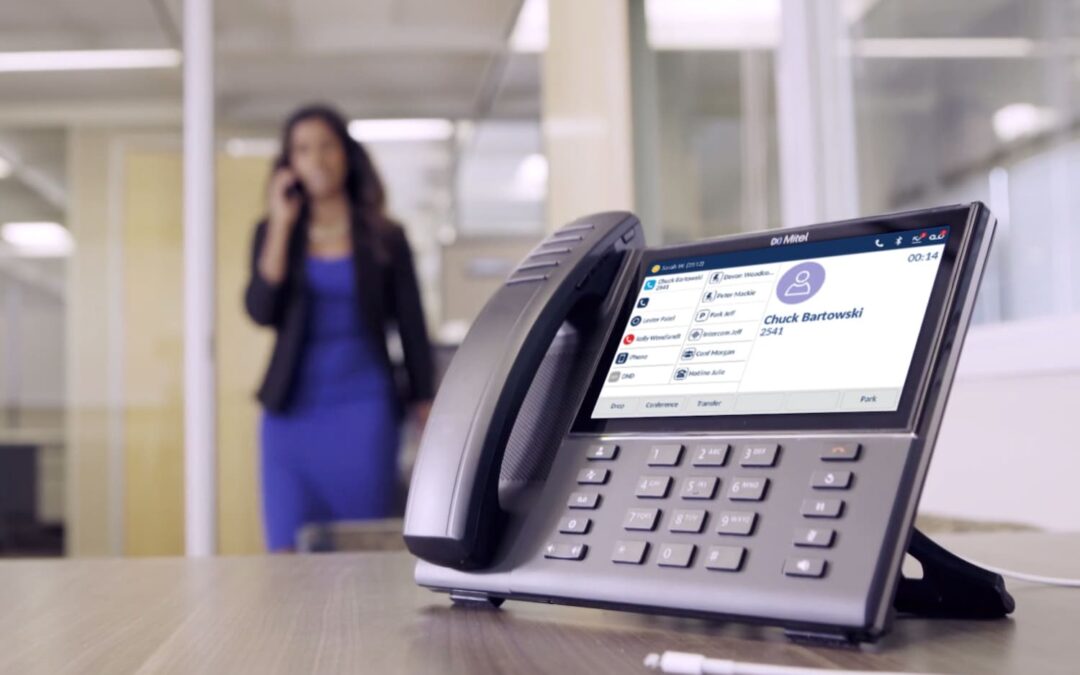Your concern about moving sensitive business communications to the cloud is understandable. The idea of entrusting customer conversations and internal discussions to external providers feels risky when you’ve maintained direct control over your phone system for years. However, the security landscape has shifted dramatically, and your on-premise setup may actually expose your business to greater risks than modern cloud alternatives.
The Reality of On-Premise Security Maintenance
Maintaining enterprise-grade security on your current phone system requires constant vigilance and technical expertise. Your IT team needs to monitor security bulletins, apply patches promptly, configure firewalls correctly, and manage user access controls across multiple system components. Any delay or misconfiguration creates vulnerabilities.
You’re also securing the network infrastructure, server operating systems, database platforms, and integration points with other business applications. Each component represents a potential entry point that requires ongoing security attention.
Your internal security efforts compete with other IT priorities for staff time and budget allocation. Critical security updates might be delayed because your team is handling urgent business requests, or security configurations might be simplified to reduce complexity rather than optimised for protection.
Compliance Automation Reduces Human Error
Australian privacy laws and industry regulations create complex compliance requirements that manual processes often fail to satisfy consistently. Your current approach probably involves documented procedures, periodic reviews, and manual reporting that creates opportunities for oversight or errors.
Cloud phone system providers build compliance capabilities directly into their platforms rather than treating them as administrative add-ons. Data encryption, access logging, retention policies, and privacy controls operate automatically according to configured parameters rather than relying on staff to remember and execute procedures correctly.
The compliance monitoring extends to real-time alerts when activities might violate established policies, automatic generation of audit reports, and centralised management of privacy settings across all communication channels. This systematic approach reduces compliance risks while eliminating much of the administrative burden.
Infrastructure Security at Scale
Your phone system security depends heavily on the physical and network security of your office locations. Server rooms, network closets, and telecommunications equipment often receive less security attention than they require, particularly in smaller office environments where dedicated security infrastructure isn’t financially practical.
Cloud providers operate data centres with multiple layers of physical security: biometric access controls, video surveillance, security personnel, and environmental monitoring that would be impossible to replicate at individual business locations. The infrastructure security standards exceed what most organisations can justify or afford independently.
Network security includes redundant internet connections, distributed denial-of-service protection, (DDoS) and traffic filtering that happens before threats reach your business applications. Your office internet connection and firewall equipment provide significantly less protection against sophisticated network-based attacks.

Automatic Security Updates Eliminate Gaps
Security vulnerabilities in telecommunications systems require prompt remediation to prevent exploitation. Your current update process probably involves scheduling downtime, testing patches, and coordinating installation during off-hours to minimise business disruption. This necessary caution can create extended periods where known vulnerabilities remain unpatched.
Cloud phone system implementations receive security updates automatically without requiring your involvement or creating service interruptions. The update process happens transparently across geographically distributed infrastructure, ensuring immediate protection against newly discovered threats.
The update frequency and thoroughness exceed what most businesses can achieve independently. While you might apply major security patches quarterly or semi-annually, cloud platforms receive continuous security improvements that address emerging threats as they’re identified.
Encryption and Data Protection Standards
Your current phone system may have inconsistent encryption implementation, with some communications protected while others transmit in plain text. Comprehensive data protection requires encryption across three critical areas: stored data, transmitted data, and data being processed. Implementing and maintaining this comprehensive encryption across all system components requires specialised security expertise and ongoing management that many businesses find challenging to maintain consistently.
Cloud platforms implement encryption by default across all communication channels and data storage systems. The encryption standards and key management practices meet or exceed requirements for the most security-sensitive industries, providing protection levels that would be expensive and complex to achieve independently.
Data sovereignty requirements for Australian businesses are addressed through local data centres and processing facilities that keep sensitive information within national borders while maintaining global connectivity and feature availability.
Incident Response Capabilities
When security incidents occur on your on-premise system, response depends entirely on your internal capabilities and available expertise. If incidents happen outside business hours or during periods when key technical staff are unavailable, response delays can extend the impact and damage.
Modern cloud providers typically maintain enhanced security monitoring and incident response capabilities that can respond more quickly than most internal IT teams. Professional cloud platforms often include automated threat detection, systematic incident containment procedures, and access to specialised security expertise that individual businesses would find difficult to maintain independently.
The incident response capabilities available through cloud platforms may include threat intelligence, specialised security tools, and coordination with relevant authorities when necessary.
Making Security Decisions Based on Facts
The security comparison between cloud and on-premise systems should consider actual capabilities rather than theoretical concerns. Cloud phone systems often exceed the protection possible with traditional infrastructure, particularly when you account for the human factors, resource constraints, and expertise limitations that affect most internal security efforts.
Your decision should focus on which approach provides better practical security for your specific business requirements rather than which option provides greater perceived control.
Ready to learn more? Reach out to our team today to chat through your requirements in further detail.





